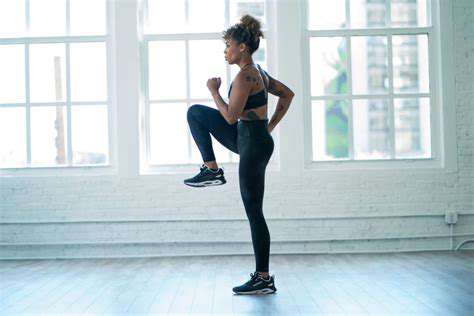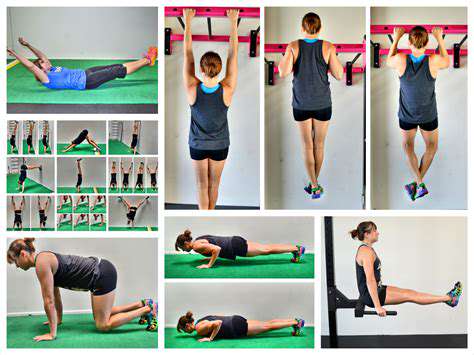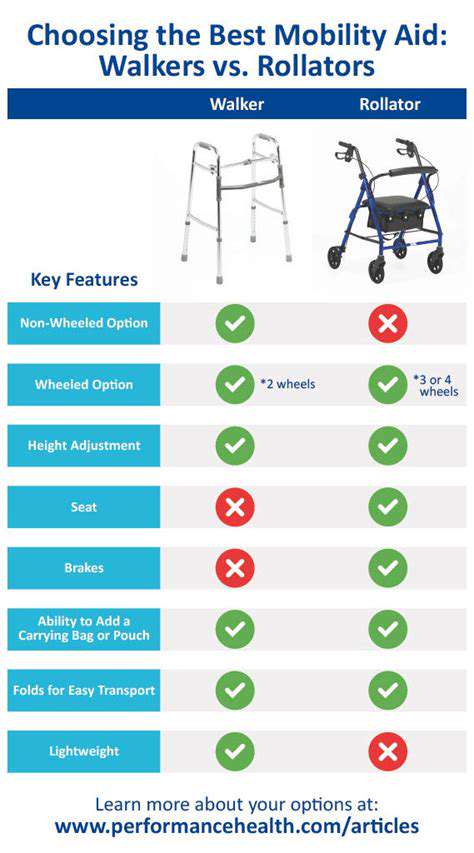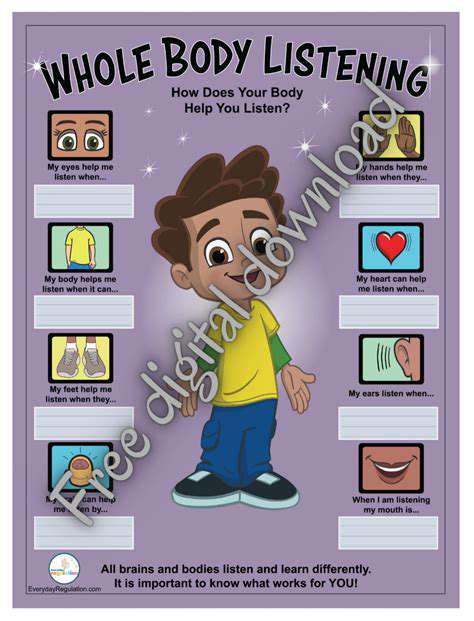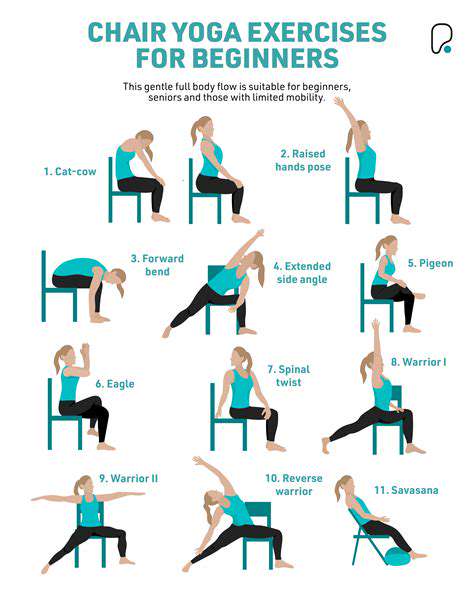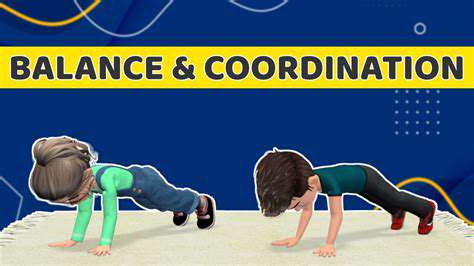Gentle Resistance Exercises for Seniors with Osteoporosis
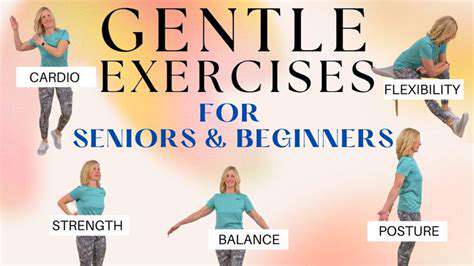

Important Considerations for Safety and Progression
Understanding Your Body's Limits
Starting a new exercise routine requires careful consideration of your body's current abilities. An honest assessment of your physical condition, including any past injuries or health concerns, is absolutely necessary. This step ensures exercises are customized to your unique situation while minimizing risks. Getting advice from a medical professional or certified trainer provides valuable insights for beginning safely.
Warming up properly prepares muscles and joints for resistance work. Movement-based warm-ups that slowly expand your range of motion can dramatically lower injury chances. Simple activities like rotating your arms, swinging your legs, and twisting your torso for 5-10 minutes make excellent preparation before starting resistance exercises.
Gradual Progression and Consistency
The effectiveness of gentle resistance training depends on steady, measured advancement. Pushing too hard too quickly often backfires, causing setbacks rather than progress. Beginning with minimal resistance and patiently increasing intensity as strength develops yields the best results. Regular sessions, ideally two or three weekly, create the consistency needed for meaningful improvement.
Proper Form and Technique
Correct execution matters tremendously in resistance exercises. Poor form can create muscle problems and raise injury risks substantially. Concentrate on smooth, controlled motions while keeping core muscles engaged. Consulting a qualified instructor ensures you're performing movements properly from the start. Proper technique serves as your best defense against exercise-related injuries.
Listening to Your Body
Your body provides important feedback during workouts that shouldn't be ignored. Any pain signals mean you should stop immediately and allow recovery. Discomfort indicates you've reached your current limits, and continuing could cause harm. Remember that rest periods are when muscles actually strengthen and rebuild.
Choosing Appropriate Equipment
Selecting suitable gear significantly impacts both safety and results in resistance training. Consider your exercise preferences, current fitness level, and available space when choosing tools. Options like resistance bands, light weights, or bodyweight exercises work well for beginners. Ensuring equipment fits your needs and remains in good condition enhances your overall experience.
Nutrition and Hydration
What you eat and drink plays a vital role in supporting your body through resistance training. A diet with sufficient protein, fruits, and vegetables helps muscles recover and grow. Maintaining proper hydration throughout the day, especially during workouts, optimizes performance and recovery. These nutritional factors greatly influence your exercise benefits.
Rest and Recovery for Muscle Growth
Recovery time is when muscles actually strengthen and improve. Allowing adequate rest between sessions prevents overtraining and reduces injury risks. Listening to your body's needs and making recovery a priority completes the exercise cycle effectively.
Building a Sustainable Exercise Routine

Choosing the Right Exercise Equipment
Creating lasting exercise habits begins with selecting appropriate gear. Quality, durable equipment makes sticking to fitness goals considerably easier. Flimsy or ineffective tools often lead to frustration and abandoned routines. Consider your preferred activities and available space when choosing equipment. For cardiovascular training, reliable machines like treadmills or ellipticals might work best. Strength training enthusiasts might prefer adjustable dumbbells or multi-purpose benches. Thorough research helps identify options matching both your needs and budget.
Environmental factors also deserve consideration when selecting equipment. Opting for products using recycled materials or sustainable manufacturing processes aligns fitness with eco-conscious values. Considering long-term durability and potential for repairs extends the useful life of your investment while supporting environmental responsibility.
Creating a Sustainable Exercise Routine
Developing lasting exercise habits involves more than equipment - it's about lifestyle integration. Small, consistent steps prove more effective than dramatic short-term changes. Setting realistic initial goals and gradually increasing challenge levels prevents discouragement while building confidence. This measured approach fosters long-term commitment.
Attuning to your body's signals remains crucial for sustainable exercise. Note how your body responds during and after workouts, adjusting routines as needed. Regular rest days aren't optional - they're essential for recovery and preventing overuse injuries. These recovery periods allow your body to adapt and strengthen.
Incorporating physical activity into daily life enhances sustainability. Treating workouts as non-negotiable appointments increases follow-through. Finding activities you genuinely enjoy makes them feel less like obligations. Whether it's lunchtime walks or morning yoga, these practices become natural lifestyle components when integrated thoughtfully.
Maintaining motivation completes the sustainability equation. Tracking progress and celebrating milestones provides encouragement. Finding a supportive community or exercise partner adds accountability and makes the journey more enjoyable. These social elements often make the difference between temporary effort and lasting change.

